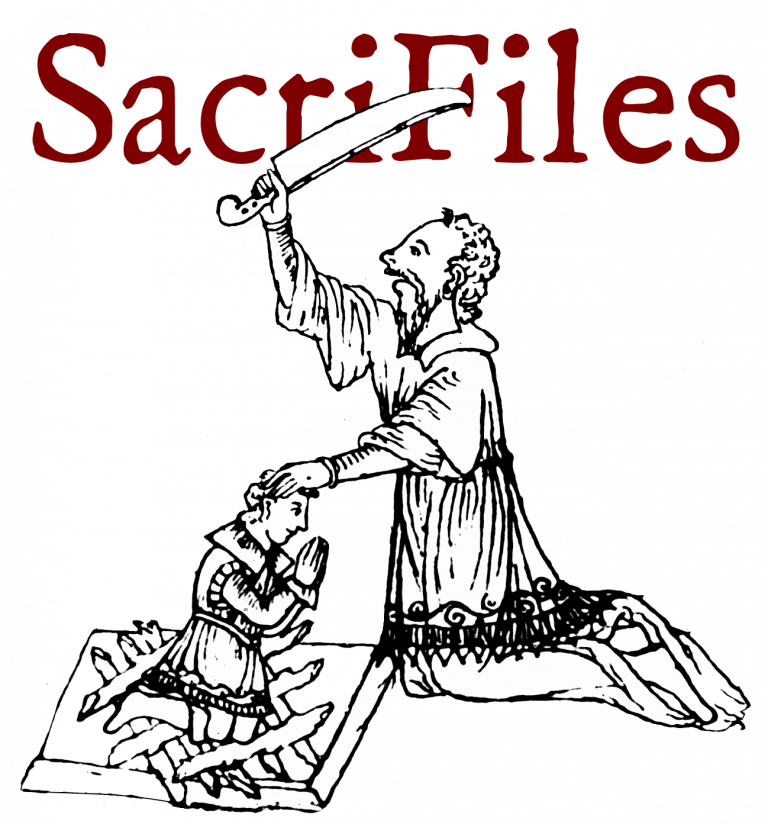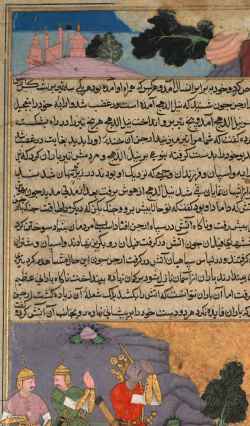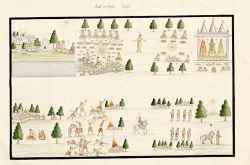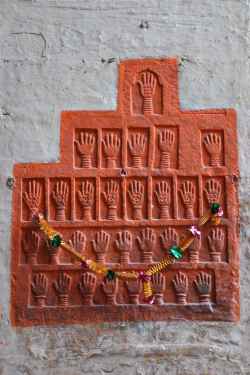Keyword: India
Memorial stones: a study of their origin significance and variety
--: Dharwad : Institute of Indian Art History, Karnataka University; New Delhi : South Asia Institute, University of Heidelberg, 1982.
The Iconography of Sati: An Archaeological Study of Sati Memorial Pillars of Central India
in: The International Journal of Interdisciplinary Social Sciences: Annual Review, v. 5 (2010), issue 8: pp.--.
The Role of Missionaries in the abolition of Sati custom in India with special reference to Serampore Missionary
in: Journal Of Humanities And Social Science (IOSR-JHSS), v. 20 (2015), issue 10: pp.52–55.
The Vedic Sacrifice in Transition
Pune: Bhandarkar Oriental Research Institute, 1987.
Head and HeartValour and Self-Sacrifice in the Art of India
Milton Park: Taylor & Francis, 2015.
An Unusual Group of Hero Stones: Commemorating Self-Sacrifice at Mallam, Andhra Pradesh
in: Ars Orientalis, v. 44 (), issue -: pp.61-84.
"The First Adventure of the White Horse". The king performed the horse sacrifice in order to determine the extent of his rule. For one year a horse wanders and every land through which the horse passes becomes part of the king’s territory. Arjuna following the horse encountered the son-in-law of the god of fire, Agni, who creates a river of fire to block the warriors. Arjuna pleads with Agni, the god of fire that the horse be allowed to pass, saying that the horse sacrifice is in accordance with sacred Vedic injunctions, and that at the end of the year, the horse will be sacrificed to him, the god of fire himself. (1610-1617)
from: Page from the Khan Khanan's Razm Nama (Book of Wars)
The Cleveland Museum of Art
Sacred Sacrifice: Ritual Paradigms in Vedic Religion and Early Christianity
New York: P. Lang, 1995.
Tratado do Pe. Gonçalo Fernandes Trancoso sobre o hinduísmo (Maduré 1616)
Maduré: Centro de Estudos Históricos Ultramarinos, 1616.
Conquista espiritual do Oriente: em que se dá relação de algumas cousas mais notáveis que fizeram os Frades Menores da Santa Província de S. Tomé da India Oriental em a pregação da fé e conversão dos infiéis, em mais de trinta reinos, do Cabo de Boa Esperança até as remotíssímas Ilhas do Japão
Lisbon: Centro de Estudos Históricos Ultramarinos, 1962-67.
The Killing that is not Killing: Men, Cattle, and the Origins of Non-violence (ahiṃsā) in the Vedic Sacrifice
in: Indo-Iranian Journal, v. (1996), issue 39: pp.223-244.
Buddha explaining the correct sacrifices according to the Veda. The story of Kalki, the destruction of the tyrants, and the Indian representation of the Buddha and the avatara of Kalki. [1774]
from: Rites and Beliefs of the Hindus [Indian Company Paintings]
London, V&A Museum
Deities and Demons Performing the Yajna Sacrifice from the Devi Mahatmya (18th)
from: India, Rajput
Princeton University Art Museum





